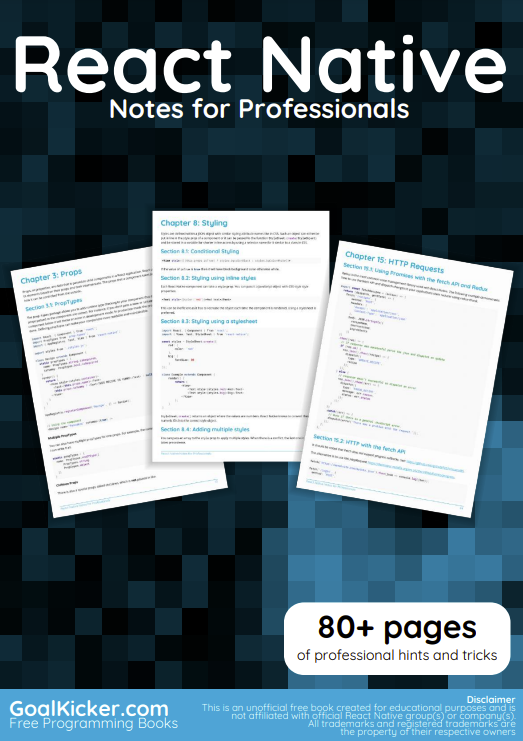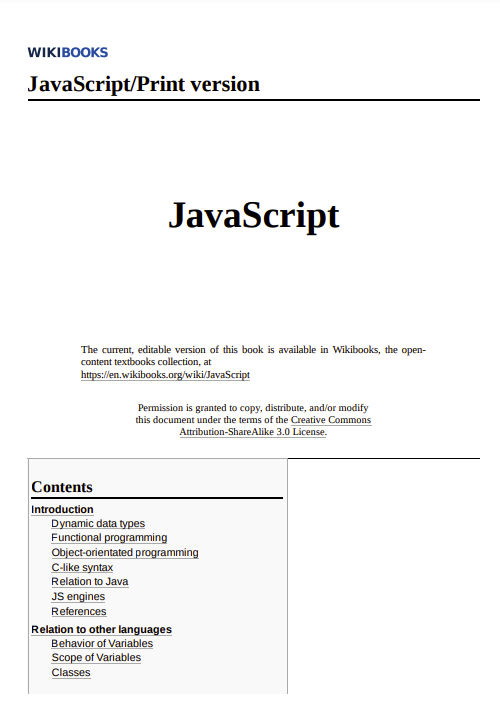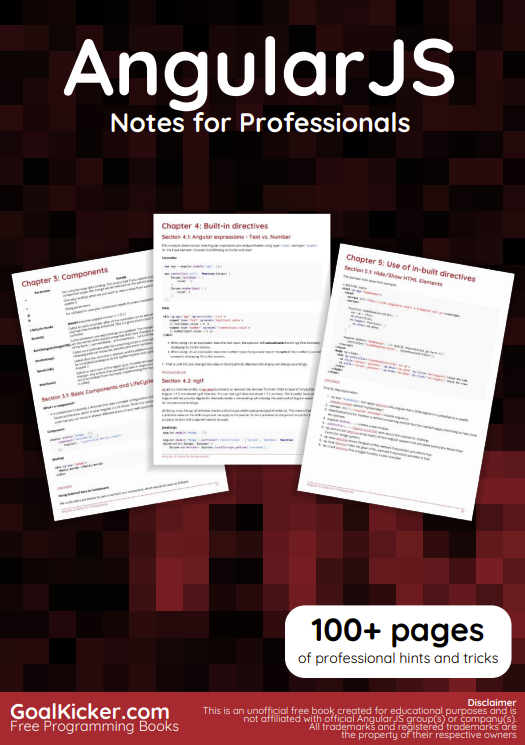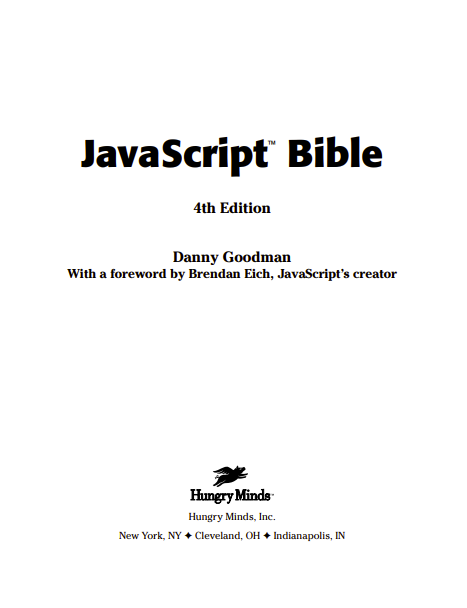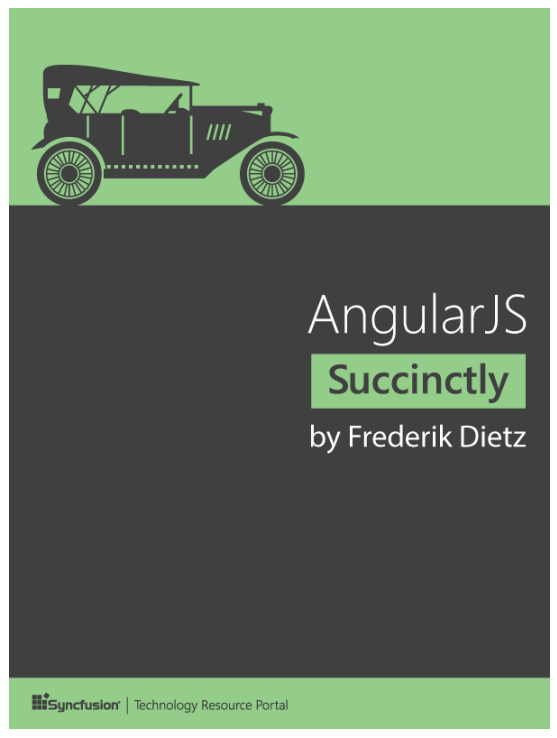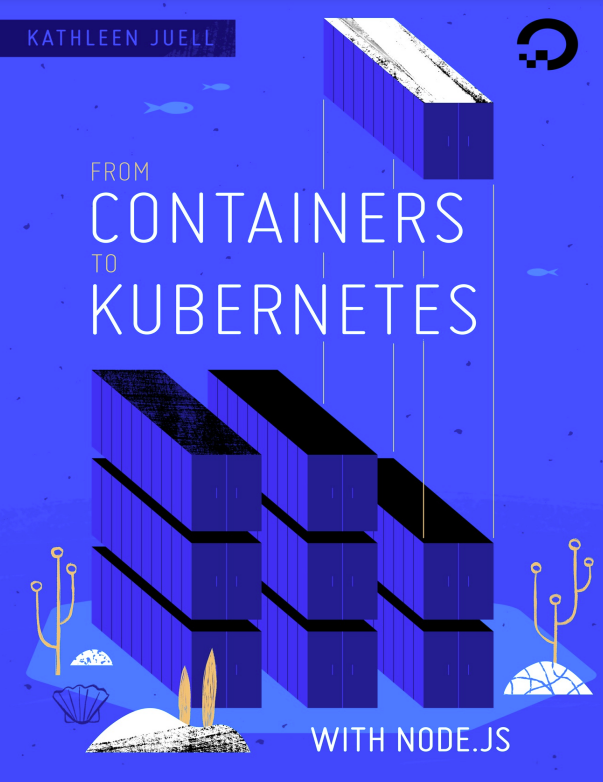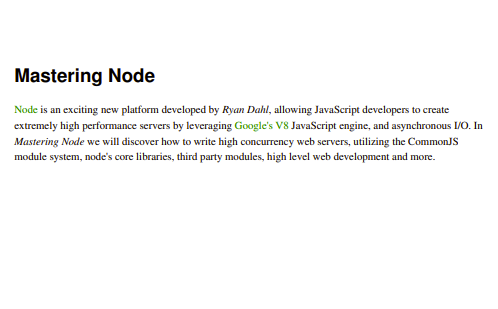Wouldn’t it be awesome if web apps could also run on the desktop—on Windows, Linux, and macOS—allowing web developers to reuse their HTML, CSS, and JavaScript skills? With Electron, this is possible.
Think of all the time that you, as a web developer, have spent learning web technologies. With Electron, those skills can also be applied to desktop development.
Electron is a framework built by the folks at GitHub (now part of Microsoft), which allows you to practically “convert” web applications into fully featured desktop applications, without sacrificing any web skills or technology.
Electron is a powerful and easy-to-learn platform that has enabled the rapid development of powerhouse apps such as Visual Studio Code, Slack, Atom, and countless others.
Whether you are inspired to create the world’s next awesome desktop application, or you simply want to port your web app to run on the desktop, Electron is the one framework for you.
Before Electron, there was no easy way to port a web application over to the desktop without rewriting code—and depending on how many different host operating systems the application needed to be ported to, you would have ended up with multiple versions of the app, using different desktop UI frameworks—one for Windows, another for Linux, and so on. This is the importance and essence of Electron, and the problem it solves.
Before we start writing any code, I’ll first describe the project we’ll be building throughout this book, the prerequisites, the hardware and software requirements, and how to install Electron.
So, without further ado, let’s get started.




